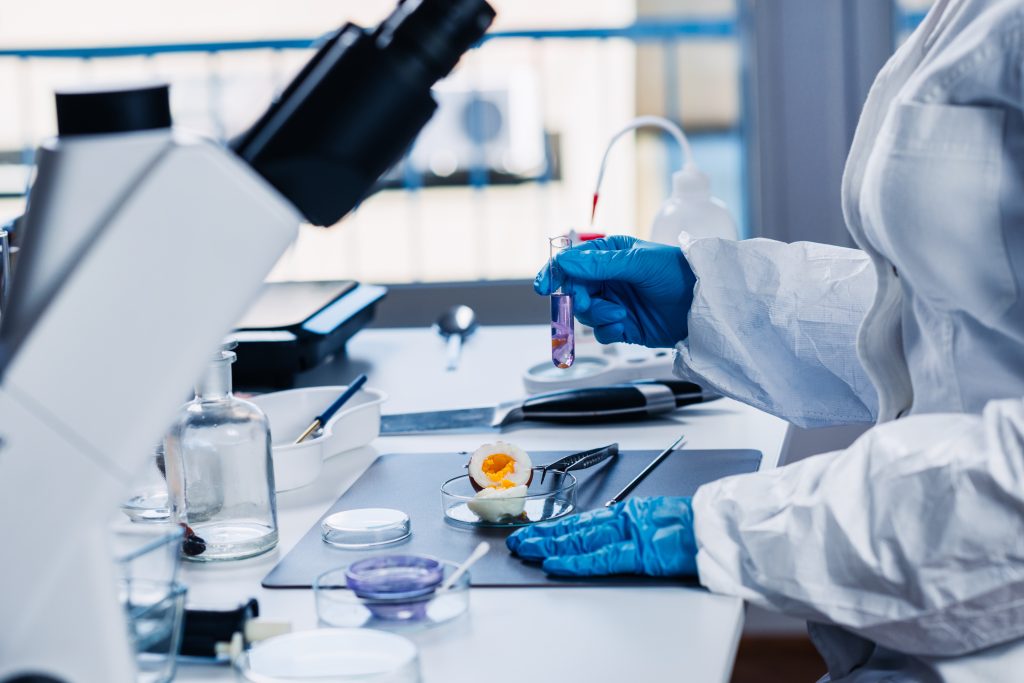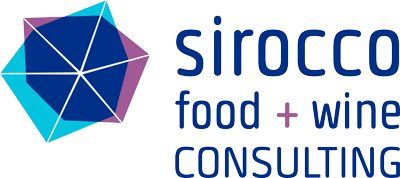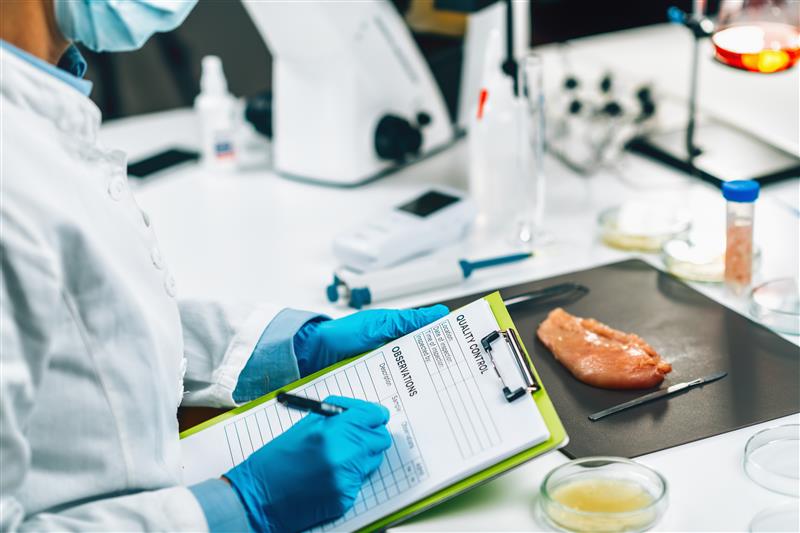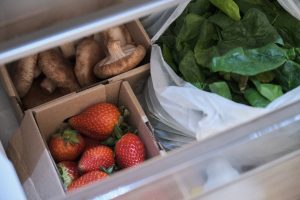As we approach the 2025 SQF Unites Conference in Orlando (FL), the SQF Institute (SQFI) has confirmed that SQF Edition 10 will be released in July 2025, with audits based on the updated standard beginning in early 2026.
Whether you’re a food or packaging manufacturer considering SQF certification for the first time or an existing SQF certified site looking to maintain compliance, internal auditing plays a critical role in ensuring adherence to SQF and GFSI requirements. Stay informed by regularly checking our website and SQFI’s official updates on the new edition’s release.
Key Priorities in SQF Edition 10
SQFI will gather feedback on proposed changes during the SQF Unites Conference in Orlando (March 2025). Some of the key focus areas for SQF Edition 10 include:
- Addressing emerging food safety risks
- Ensuring alignment with global food safety regulations
- Incorporating technological advancements for improved operations and traceability
- Providing clearer, more prescriptive guidelines to enhance food safety outcomes
What Can Sites Expect in 2025?
 Recent food safety incidents have underscored new risks and the need for stronger compliance measures:
Recent food safety incidents have underscored new risks and the need for stronger compliance measures:
- Chemical hazards such as heavy metals in cinnamon and flax seeds have led to increased scrutiny.
- Cronobacter sakazakii in baby formula has prompted stricter FDA oversight and enforcement.
- Food traceability is becoming a bigger priority, with the FSMA 204 Traceability Rule set to take effect in 2026.
Additionally, the recent update to the FSPCA V2 PCQI curriculum (under FSMA’s Preventive Controls for Human Food rule) is reshaping how food manufacturers conduct risk assessments in their food safety plans.
Strengthening Food Safety Culture
A strong food safety culture is the foundation of a successful food safety management system. Both Codex HACCP guidelines and the SQF Code emphasize that human behaviour influences the safety and quality of food. In SQF Edition 10, expect more guidance on:
- How leadership can drive food safety culture
- Allocating resources effectively to meet food safety objectives
- Verifying that food safety programs are working as intended
As food safety standards evolve and sites gear up for SQF Edition 10, let’s navigate the most frequently asked questions about SQF audits—like a captain charting a course through regulatory waters.
What is an SQF audit, and why does it matter?
An SQF (SQF stands for Safe Quality Food) audit is a structured assessment of a site’s commitment to food safety, ensuring its management system aligns with the SQF Code, Edition 9. This third-party certification signals that a food or food packaging manufacturer meets global food safety standards (GFSI compliance).
Much like a trusted passport, SQF certification opens doors across the supply chain, giving importers and food service chains confidence in their suppliers. Many large grocery stores and food service providers also rely on GFSI certification to verify regulatory compliance.
What are the three principles of SQF?
SQF certification is issued by authorized certification bodies, ensuring that a site adheres to food safety regulations and customer expectations. A certification is specific to the site, process, and product. At any time, customers can verify a site’s certification through the SQFI website, just as travelers check visa requirements before crossing borders.
How do I prepare for SQF? How often do I need to certify?
Think of SQF certification as a marathon, not a sprint. The journey begins with assembling a team of trained professionals—including a senior site manager and two HACCP-trained practitioners—to oversee food safety policies and procedures.
Third-party certification occurs annually, but a mid-cycle surveillance audit (six months after certification) is sometimes needed to help ensure ongoing compliance with sites that pass their SQF audit with scores between 70-85%. Additionally, every three certification cycles, sites face an unannounced audit, meaning recertification can take place at any time within a 60-day recertification window.
What is the difference between HACCP and SQF?

Under SQF Code’s system elements, sites must comply with 2.4 Food Safety System Requirements, including the development of a Codex HACCP-based food safety plan. SQF Edition 9 mandates the use of the 12 steps of Codex HACCP methodology, ensuring a structured and globally recognized approach to food safety. So to put it simply, HACCP is part of SQF.
The Codex HACCP (Hazard Analysis and Critical Control Points) guidelines consist of 12 steps, structured within seven principles to ensure food safety. These steps guide food businesses in identifying, preventing, and controlling food safety hazards.
The 12 Steps of Codex HACCP
Preliminary Steps
- Assemble the HACCP Team – Form a cross functional team with expertise in food safety, production, microbiology, and quality assurance. Upper management and outside experts are encouraged to attend HACCP team meetings.
- Describe the Product – Document product details, including ingredients, additives, packaging inputs and specifications, regulatory scope and operational steps.
- Identify the Intended Use of the food – Define how food will be consumed and who the target consumers are, including populations at risk (e.g., pregnant people, infants, elderly). Identify the potential misuse of the food and whether food preparation steps are clearly printed on the food label or package.
- Construct a Process Flow Diagram – Create a detailed process flowchart outlining every step of the production process, including scheduled process delays.
- Verify the Flow Diagram – The HACCP team confirms the accuracy of the flowchart by tracing the process on-site.
HACCP’s 7 Principles
- Conduct a Hazard Analysis (Principle 1) – Identify potential biological (presence of pathogens and enterotoxins, potential growth of pathogens), chemical (including presence of allergens, risk of allergen cross contact, presence of radiological hazards), and physical hazards at each step of the process. Food fraud related hazards must be considered.
- Determine Critical Control Points (CCPs) (Principle 2) – Identify steps where control is essential to prevent or eliminate hazards.
- Establish Critical Limits (Principle 3) – Define maximum or minimum values (e.g., temperature, water activity, use of preservatives, pH) for controlling hazards at each CCP. Consider the use of “hurdle” technology.
- Establish Monitoring Procedures (Principle 4) – Develop a plan to track Critical Control Points and ensure they remain within critical limits. Consider establishing operating limits to ensure compliance.
- Establish Corrective Actions (Principle 5) – Define actions to take if monitoring shows a deviation from critical limits.
- Establish Verification Procedures (Principle 6) – Regularly review and validate HACCP plans to ensure effectiveness. Verify monitoring and corrective actions and reassess the plan annually. Conduct internal audits.
- Establish Documentation and Record-Keeping (Principle 7) – Maintain records of hazard analysis, monitoring, corrective actions, and verification activities.
Following these 12 steps ensures a structured approach to preventing food safety hazards and maintaining compliance with global food safety standards like SQF and other GFSI standards but also regulatory standards such as US FDA’s FSMA and Canada’s SFC.
What are the 3 principles of SQF?
An SQF audit is a comprehensive assessment that evaluates a facility’s compliance with Safe Quality Food (SQF) standards. Typically lasting at least two days, the process includes:
- Document and record reviews to verify adherence to food safety protocols.
- On-site inspections to assess facility conditions and operational controls.
- Employee and management interviews to measure food safety knowledge, engagement, and commitment to SQF principles.
How much does it cost to audit SQF?
The cost of an SQF certification audit generally falls around $5,000 USD for a two-day assessment. Additional expenses may include:
- HACCP training for the 2 SQF practitioners
- Pre-audit (optional): Costs similar to the main audit but helps identify gaps before the official certification.
- Surveillance audit (if required): Conducted six months after certification, adding to overall costs.
- Assistance with internal audits (optional)
To minimize expenses and ensure success, facilities should prepare thoroughly or work with an SQF consultant for guidance.
How to perform internal audits for SQF & GFSI?
Under Section 2.5 (Verification and Validation) of the SQF Code Edition 9, internal audits and site inspections are mandatory for certification. Facilities must:
- Appoint and train internal auditors or
- Hire an external SQF professional to conduct annual internal audits.
For best results, consider working with certified SQF practitioners experienced in internal auditing to ensure compliance and audit readiness. A good grasp of the SQF Code is essential to perform internal audits for SQF. Lastly, download a copy of the SQF audit checklist to evaluate your compliance to SQF 9. When the new SQF code edition is released, use the updated audit checklist to perform a gap assessment against SQF 10 requirements.
Sirocco’s SQF consultants guide your team through the site certification and compliance process with ease and confidence, ensuring you meet industry standards affordably and efficiently. We are HACCP plan writers and also develop plans compliant with FDA FSMA and Canadian Safe Food Regulations. We train our clients’ teams to HACCP and PCQI standards to speed up the site HACCP or SQF certification process. Contact us to request a quote.





